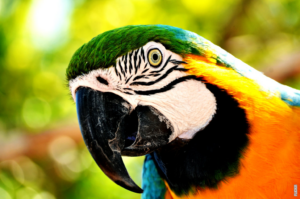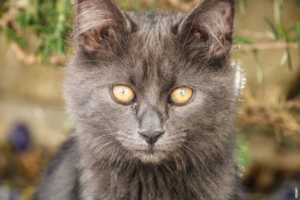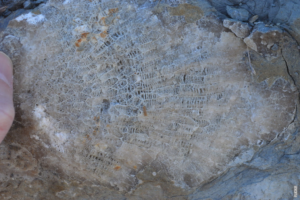The Amazing Navigation Skills of Bees
Bees, nature’s tiny aviators, possess a remarkable ability to navigate their surroundings with precision and accuracy. Through a combination of innate instincts and sensory adaptations, these incredible insects are able to find their way back to their hive, locate nectar-rich flowers, and communicate valuable information to their fellow hive members. Let’s delve into the fascinating world of bee navigation and explore the secrets these buzzing creatures hold.
Solar Navigation: Using the Sun as a Compass
One of the primary methods employed by bees to navigate is solar navigation. Bees have an internal clock that allows them to track the position of the sun throughout the day, enabling them to determine both direction and time. By using the sun as a compass, bees can adjust their flight path and make accurate return journeys to their hive, regardless of how far they have traveled.
Polarized Light Detection: Unveiling Nature’s Hidden Patterns
Another fascinating aspect of bee navigation is their ability to detect polarized light. Bees have specialized photoreceptor cells in their eyes that can perceive the patterns created by polarized sunlight. These patterns serve as a navigational map, helping bees orient themselves and navigate long distances. This unique adaptation allows bees to differentiate between various landscapes and aids in their foraging efforts.
Landmark Recognition: Nature’s GPS
Just like humans rely on landmarks to navigate, bees also use recognizable landmarks as their own form of GPS. Bees have an extraordinary visual memory that enables them to memorize specific landmarks, such as prominent trees or buildings, near their foraging sites. This mental map helps them find their way back to the hive, even in complex and changing environments.
Chemical Communication: Dancing the Way Home
Bees are renowned for their famous waggle dance, a mesmerizing movement that conveys important information to other bees in the hive. This dance serves as a communication tool, allowing bees to share details about the direction, distance, and quality of food sources they have discovered. By interpreting the dance, fellow bees can navigate their way to the same location and contribute to the collective success of the hive.
Post
Post
Magnetic Compass: Navigating with Earth’s Magnetic Field
Recent research has shown that bees also possess a magnetic compass, allowing them to navigate using the Earth’s magnetic field. This internal compass helps bees maintain a consistent heading even when the sun is not visible, such as on cloudy days or during the night. The ability to sense and utilize magnetic fields adds another layer to the already impressive navigation skills of these tiny creatures.
The Marvels of Bee Navigation
From solar navigation and polarized light detection to landmark recognition and chemical communication, bees employ a diverse range of techniques to navigate their surroundings. These remarkable abilities have captivated scientists and continue to be an area of active research. By unraveling the mysteries of bee navigation, we gain valuable insights into the intricate workings of the natural world and the awe-inspiring capabilities of these humble pollinators.



